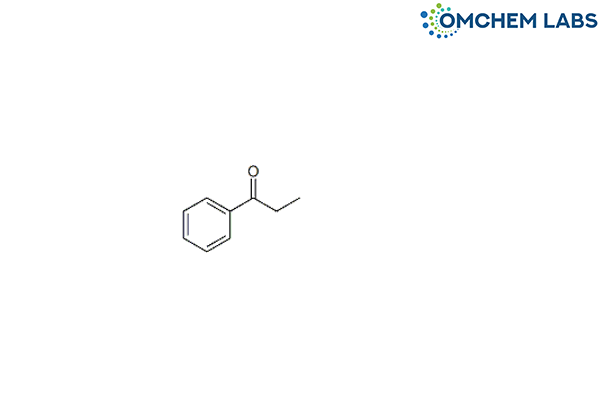
Bupropion Propiophenone Impurity
| Catalogue No |
BUPR-OCL-006 |
| CAS NO |
93-55-0 |
| Molecular Formula | C9H10O |
| Molecular weight | 134.18 |
| Inquiry Status | In Stock |
| Synonyms | 1-Phenyl-1-propanone |
Detailed Overview of this Impurity: Discover more about Impurity Standard & Analysis
An Overview of Bupropion Propiophenone Impurity: General Considerations in Pharmaceutical Analysis
Impurity profiling plays a critical role in the quality assurance of pharmaceutical substances. Bupropion, an antidepressant and smoking cessation aid, is subject to degradation and synthetic impurities, among which the propiophenone derivative is notable. This article provides a general overview of the Bupropion Propiophenone impurity, discussing its origin, significance, and the broader implications for pharmaceutical development and regulatory compliance.
1. Introduction
Bupropion hydrochloride is widely used for the treatment of major depressive disorder and as an aid to smoking cessation. Like many active pharmaceutical ingredients (APIs), Bupropion can give rise to various impurities, both process-related and degradation-related. One such impurity of interest is the Bupropion Propiophenone impurity. The identification and control of such impurities are vital for ensuring the safety, efficacy, and quality of the drug product.
2. Origin and Formation
The Bupropion Propiophenone impurity is typically formed as a byproduct during the synthesis of Bupropion or through degradation pathways under certain conditions. Its presence can be influenced by factors such as synthetic route, reaction conditions, and storage parameters. Understanding the formation mechanism helps in optimizing the process and implementing effective control strategies.
3. Analytical Considerations
The detection and quantification of Bupropion Propiophenone impurity require the application of reliable analytical techniques. Methods such as high-performance liquid chromatography (HPLC) are commonly employed for this purpose. The analytical process focuses on sensitivity, specificity, and repeatability to ensure the impurity is consistently monitored during production and shelf life of the drug.
4. Regulatory Perspective
Regulatory authorities emphasize the need for thorough impurity profiling in accordance with ICH guidelines. The presence of the Bupropion Propiophenone impurity must be assessed for its toxicological relevance, and appropriate limits must be established. While specific thresholds depend on detailed toxicological data, a general awareness of its potential impact is essential for compliance and patient safety.
5. Quality Control and Risk Management
Managing the Bupropion Propiophenone impurity involves both proactive and reactive strategies. Proactive measures include refining synthesis protocols and optimizing storage conditions, while reactive strategies focus on ongoing monitoring and investigation of out-of-specification results. Risk assessment tools and quality-by-design principles further enhance impurity control.
6. Conclusion
The Bupropion Propiophenone impurity represents a typical challenge in pharmaceutical development and manufacturing. Although it may not be a major impurity, its presence underscores the importance of comprehensive impurity profiling. General understanding and control of such impurities ensure the continued delivery of safe and effective medications to patients.
